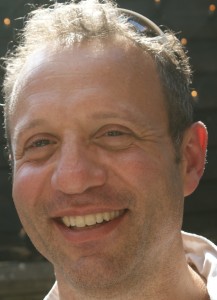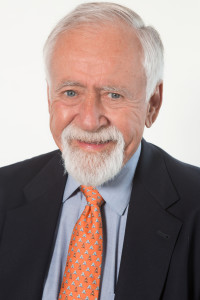![By Mikael Häggström (w:Gray's muscle pictures) [Public domain or Public domain], via Wikimedia Commons](http://www.4dancers.org/wp-content/uploads/2016/09/491px-Muscle_posterior-246x300.png)
Matt has been extensively involved in research in the dance medicine and science field for many years, so it’s always fun to see what new nuggets of information he has to pass on.
This first post is about stretching and how important it is to stretch properly AFTER you dance, and not do the kind of static stretching (such as sitting on the floor in 2nd and holding it) beforehand that has actually been shown to be detrimental for dancers.
Enjoy – happy stretching (after class / rehearsal!) and pass it on-
Aloha, Jan Dunn, MS, Dance Wellness Editor
by Matt Wyon, PhD
Stretching is a way of life for dancers but interestingly there has been very little research into the best ways to stretch. Holding static stretches (where you take the stretch and hold it) for a long time during a warm up has been shown to negatively affect a muscle’s explosive ability – whereas a study in sport showed that incorporating dynamic stretching (active movements of the muscle that brings forth a stretch, but are not held in the end position) into a warm up helped prevent injuries during the subsequent activity.
But what about afterwards?
What sort of stretches should you do after dance has finished? A recent study by one of my doctoral students at the University of Wolverhampton (Nikos Apostolopoulos) has shown that a gentle stretch is better than a high intensity stretch in helping the muscle recover and maintaining flexibility. In fact, not stretching at all (the control group) was better than a high intensity stretch.
So how do you figure out the intensity of a stretch?
If you stretch a muscle until it hurts and it starts to wobble (this is a protective reflex trying to protect the muscle) then that is a 10/10 intensity. A gentle stretch is around 4-6/10 and you should only feel a lengthening in the muscle being stretched.
But dancers may say “But a high intensity stretch feels like I am doing something.”
Yes it might – but it is also causing micro-damage to the muscle. If you have just had a hard days dancing then your muscle is already damaged and needs to recover; a high intensity stretch actually delays this healing process whilst a gentle or low intensity stretch actually promotes the muscle’s repair.

Matthew Wyon, PhD, is a Professor in Dance Science at the University of Wolverhampton, UK and a Visiting Professor at the ArtEZ, Institute of the Arts, The Netherlands.
At Wolverhampton he is the course leader for the MSc in Dance Science and Director of Studies for a number of dance science and medicine doctoral candidates. He is a founding partner of the National Institute of Dance Medicine and Science, UK.
Prof. Wyon is President of the International Association for Dance Medicine & Science and a past chair of the Research Committee. He has worked with numerous dancers and companies within the UK and Europe as an applied physiologist and strength and conditioning coach.
He has published over 80 peer-reviewed articles in dance medicine and science.














